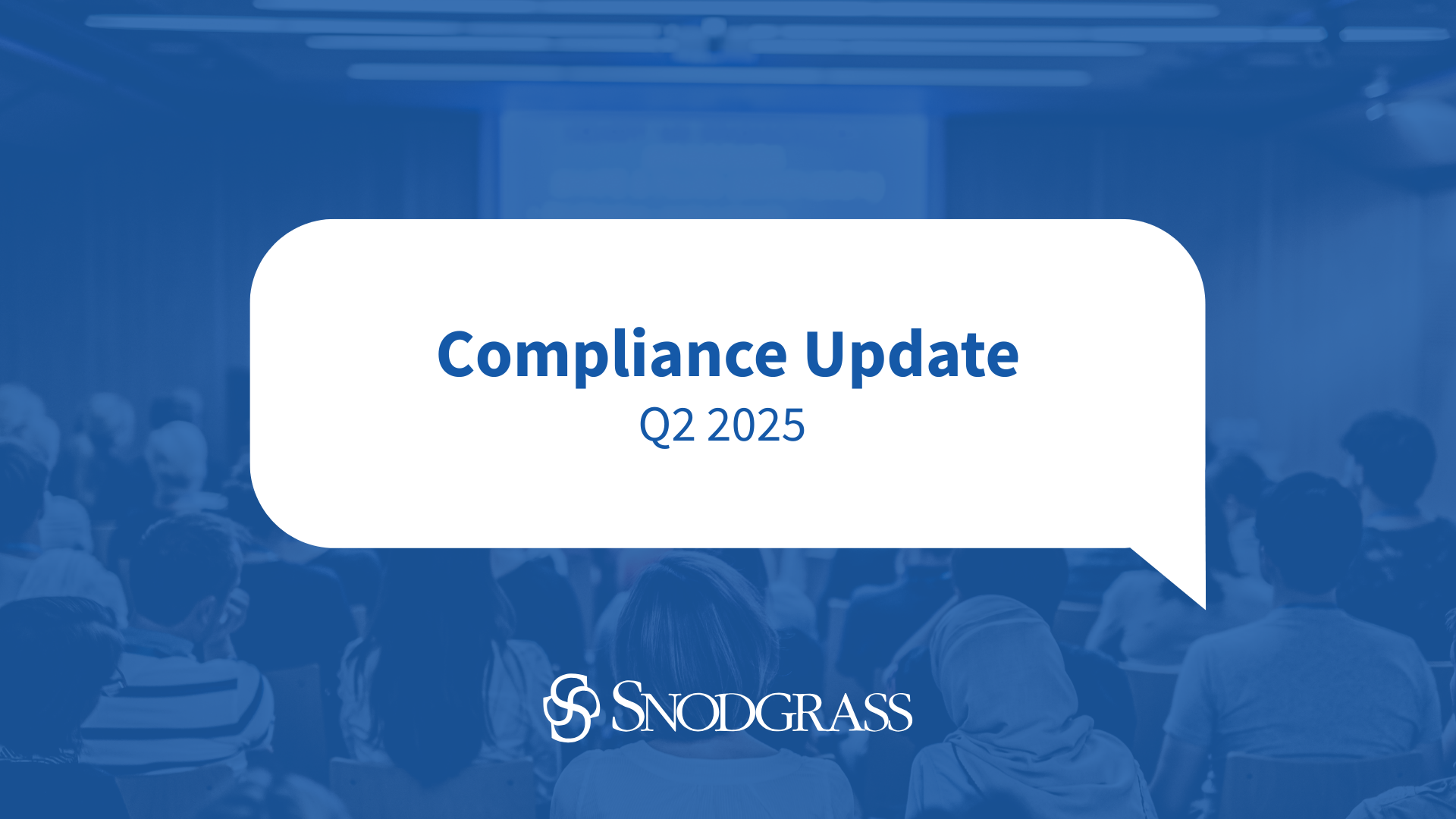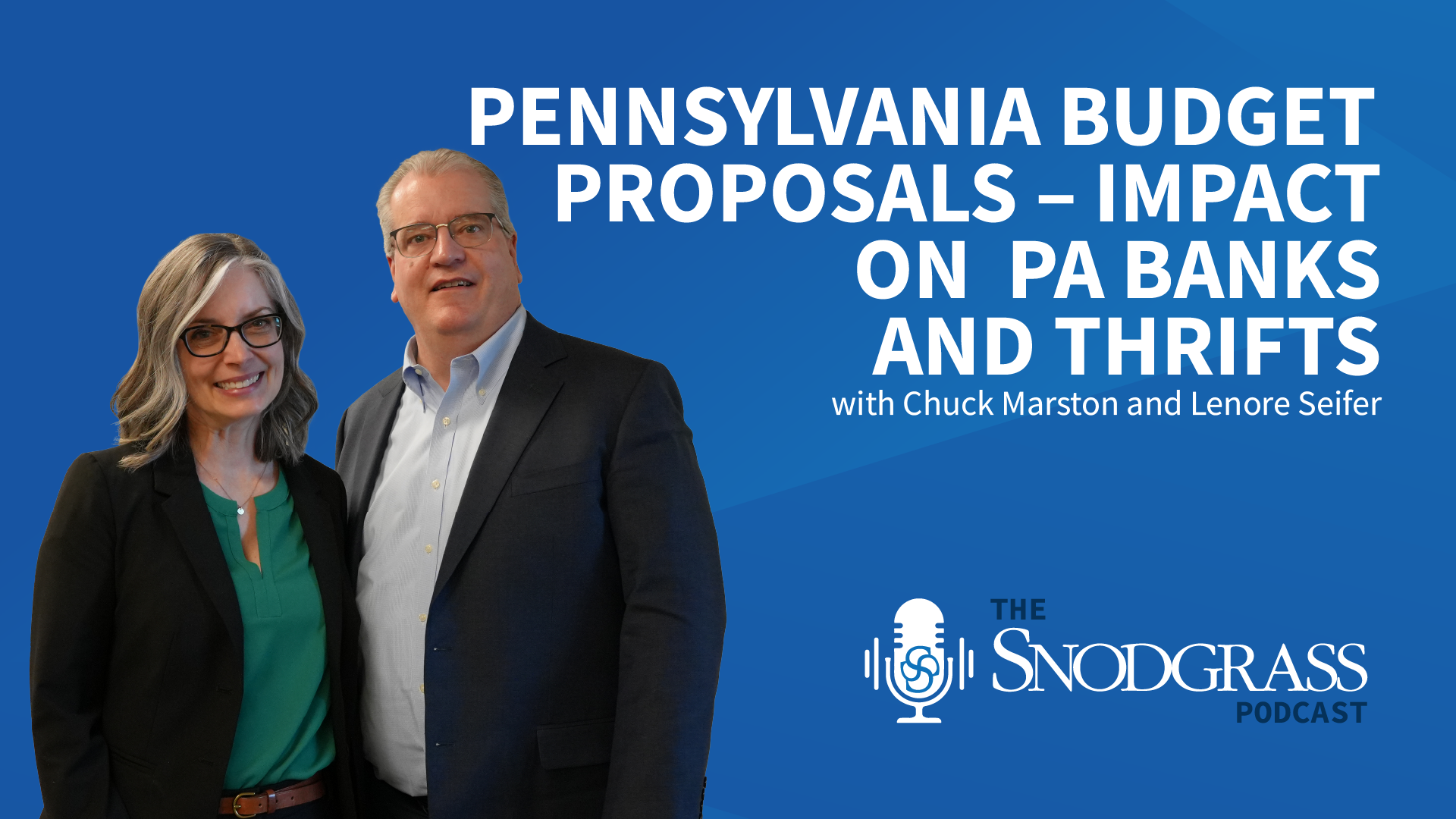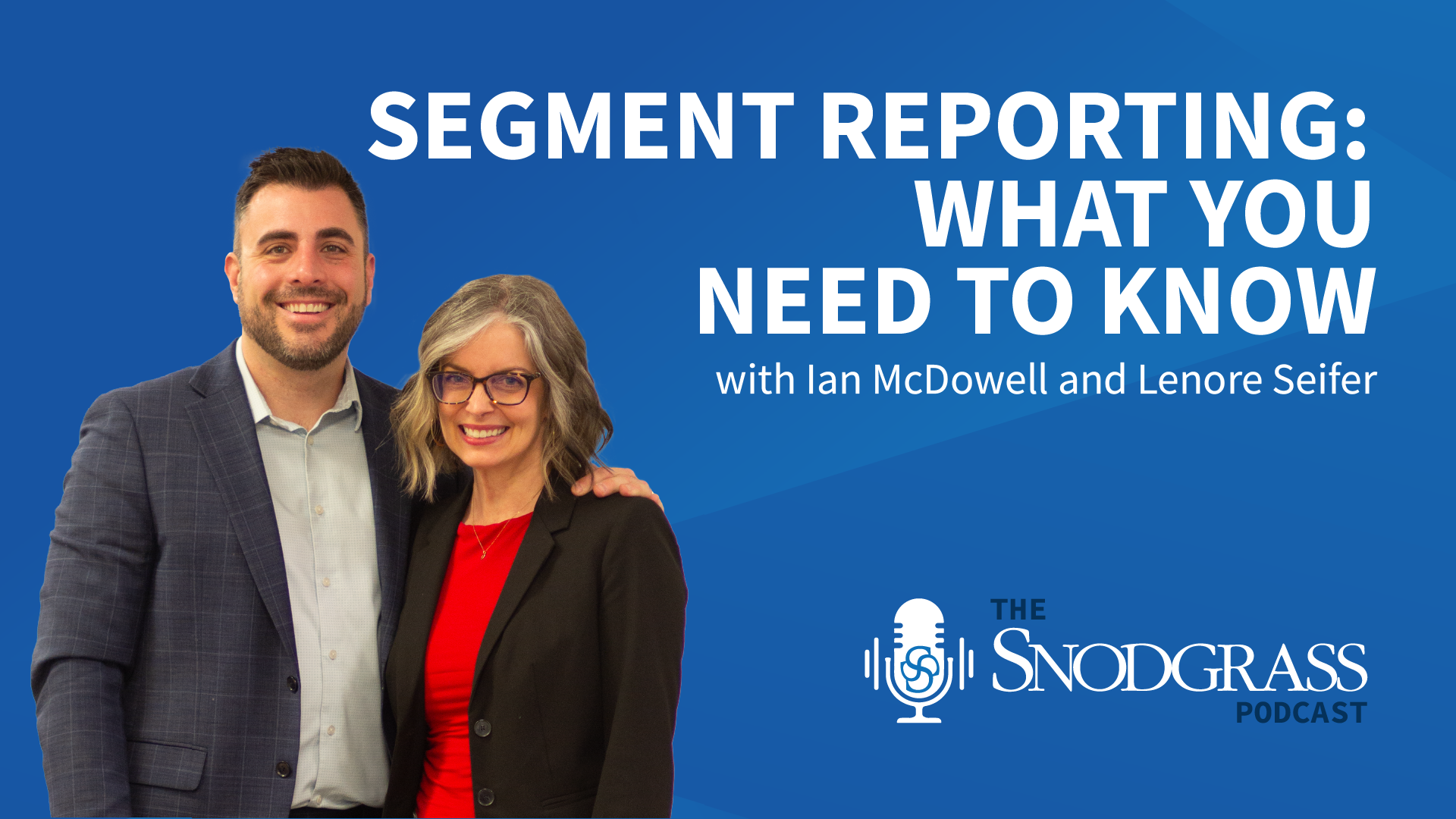What’s Your Game Plan for Tackling Changes to Nonprofit Reporting and Tax Compliance?
If you’re a sports fan, or maybe even if you aren’t, you know that one of the country’s most popular sporting events of the year took place on Sunday, wrapping up the last game before the beginning of the National Football League’s 100th anniversary season. Reflecting on the outcome of the championship game this year, it’s clear that New England Patriots players are goal-oriented, hardworking, well-informed, and adaptable professional athletes who are committed to their cause.
Successful nonprofit CEOs, CFOs, COOs, controllers, and accounting managers alike are no strangers to these qualities. They all must be well-positioned to address an onslaught of issues related specifically to the subsection of the tax code that applies to their organizations, new and emerging FASB standards, or tax law changes. Financial professionals must always stay at the top of their game, honing their skills to stay one step ahead of the ever-changing rules and regulations.
Every nonprofit will be affected in some way in 2019 by the various financial reporting and tax compliance issues that have blitzed the industry over the past several years that start to become effective for the December 31, 2018 year-end, or for the fiscal years that follow.
So, how do you avoid getting flagged by your auditors or benched by your Board of Directors in 2019? Which standards are most likely to affect you, which ones are keeping other nonprofit executives up at night, and which ones do you need to have a game plan for? Start developing your playbook in these six areas:
- Nonprofit Financial Statement Presentation
Whether you have been preparing for years, analyzing and determining the effect of FASB ASU 2016-14, Presentation of Financial Statements of Not-for-Profit Entities, or considering the implications, time is up on this topic. This ASU is effective for organizations with a December 31, 2018 year-end. Although the level of complexity in implementing the new nonprofit reporting standard will vary considerably from organization to organization, it will impact every nonprofit in some manner. The good news is that nearly all of the changes only relate to presentation and disclosure, with minor impact on how board-designated and underwater endowments are treated. The five main areas affected that must be considered are 1) net asset classification; 2) liquidity and availability; 3) investment return; 4) reporting expenses; and 5) cash flows.
2. Accounting for Leases
The long-awaited lease standard is here! Effective for annual periods beginning after December 15, 2019 (i.e., calendar periods beginning after January 1, 2020), most nonprofits are required to adopt the new standard. Although this date might seem far in the future, organizations should be considering the effect of this standard as part of their 2020 budgeting cycle, as the changes are significant for many organizations. The changes, issued under FASB ASU 2016-02, Leases (Topic 842), affect the balance sheet presentation and disclosure of leased assets. The standard includes updates for lessor and lessee accounting that will ultimately result in larger balance sheets for many organizations by recording historically off-balance-sheet operating leases as a right-to-use asset with a corresponding liability. Senior management should communicate these changes to their boards and audit committees during the year, highlighting the impact to their organizations beginning in 2019 during the 2020 budget cycle so that there are no “surprises” next year. Changes require all organizations to take a complete inventory of current lease agreements and carefully examine all components. Stakeholders that utilize certain ratios, like lenders who might examine debt-to-equity ratios, or donors who might have similar requirements, should be consulted in order to work through any necessary modifications as promptly as possible.
3. Revenue Recognition
The new revenue recognition standard under ASC Topic 606, Revenue from Contracts with Customers, will require a great deal of analysis and potential changes to how certain transactions are recorded and revenue is recognized. The new standard is effective for annual periods beginning after December 15, 2018 (i.e., calendar periods beginning after January 1, 2019). Much like lease accounting, the assessment of the new rules should begin by taking an inventory of all revenue streams with customers, which often include, but are not limited to, membership dues and assessments, certification fees, licensing, registrations, tuition, licenses, royalties, sponsorships, subscriptions, advertising, special events, agency transactions, and grants. Following that, you should evaluate each line item to identify the performance obligations under the contract, determine the transaction price, allocate the transaction price to the performance obligations, and finally, recognize revenue with each performance obligation. Special attention should be paid to those contracts that are multi-year, or that extend over your year-end, given the inherent cutoff issues that will arise.
4. Accounting for Contributions Made and Received
FASB ASU 2018-08 (Topic 958), Clarifying the Scope and the Accounting Guidance for Contributions Received and Contributions Made, should be considered alongside the new revenue recognition standard for contracts with customers. Distinguishing between contributions and exchange transactions determines which guidance is applied, and diversity in practice has mostly occurred for grants and other similar contracts from various types of resource providers, but has been most prevalent for government grants and contracts.
Grants and similar contracts should be considered an exchange transaction if the resource provider receives commensurate value in return for providing the resource. In defining commensurate value, it is important to note that if the general public is receiving the primary benefit, then the transaction is considered a contribution. In addition, the execution of a resource provider’s mission or the positive sentiment from acting as a donor does not constitute commensurate value. For contributions, an entity should follow the guidance in Topic 958; whereas for exchange transactions, an entity should follow other guidance, in most cases Topic 606.
If no commensurate value is exchanged, the contribution guidance in Topic 958 applies and requires an entity to determine whether a transaction is conditional, which affects the timing of the revenue recognized. Unconditional contributions are recognized immediately and classified as either net assets with donor restrictions or net assets without donor restrictions (as defined under the new nonprofit reporting standards). Conditional contributions received are accounted for as a liability or are unrecognized initially until the barriers to entitlement are overcome. At this point, the transaction should be recognized as unconditional and classified as either net assets with restrictions or net assets without restrictions.
5. Tax Cuts and Jobs Act of 2017
There are notable changes in many parts of the tax code that affect nonprofits indirectly as part of the Tax Cuts and Jobs Act of 2017 (TCJA), including the change to the standard deduction and incentives for charitable giving, the effect of which remains highly contested. Obviously, each organization’s situation will differ and require additional analysis, but many nonprofits can expect to be impacted by the following items and should consider the effect on their bottom lines:
- Maximum corporate tax rate lowered to 21%
- New silo rules that disallow organizations from taking business losses from one unrelated trade or business, and deducting them from the income of another on their Form 990-T
- Changes in the treatment of net operating losses
- Excise tax on executive compensation over $1 million and severance payments at lower amounts
- Taxation of certain qualified transportation fringe benefits requiring many organizations to pay taxes that in the past have not
6. Sales Tax Implications Resulting from Wayfair Ruling
According to the recent U.S. Supreme Court ruling in South Dakota v. Wayfair, Inc. nonprofits that make sales to out-of-state consumers may be required to collect and remit sales taxes, even if the sellers do not have a physical presence in that state. This concept of not requiring a brick and mortar location is also known as economic nexus and has far-reaching consequences to online sellers, including nonprofits. Financial executives should determine whether they have nexus in states, and if so, examine the taxability of their products sold in those states. Most states have now tied their nexus to a specific dollar threshold or to a specific number of transactions. Many states have chosen $100,000 in sales or 200 transactions as parameters to trigger economic nexus, but this varies by state, and the sales threshold can range from $10,000 to $1 million. In addition, because every state has different rules to determine what constitutes a taxable item and the definition of taxable items varies by state, nonprofits should have a strategic approach to determine where they have nexus. Ultimately, to comply with the new sales tax laws, organizations may need to file sales and use tax returns in more states and consider how they will address the increased volume of work this creates for staff.
Snodgrass understands these obstacles and other challenges you face on a day-to-day, weekly, monthly, quarterly, and annual basis. If you don’t have a game plan to evaluate and tackle these issues, we’re here to help! To discuss any of the matters in this update in more detail, please email call 724-934-0344.



